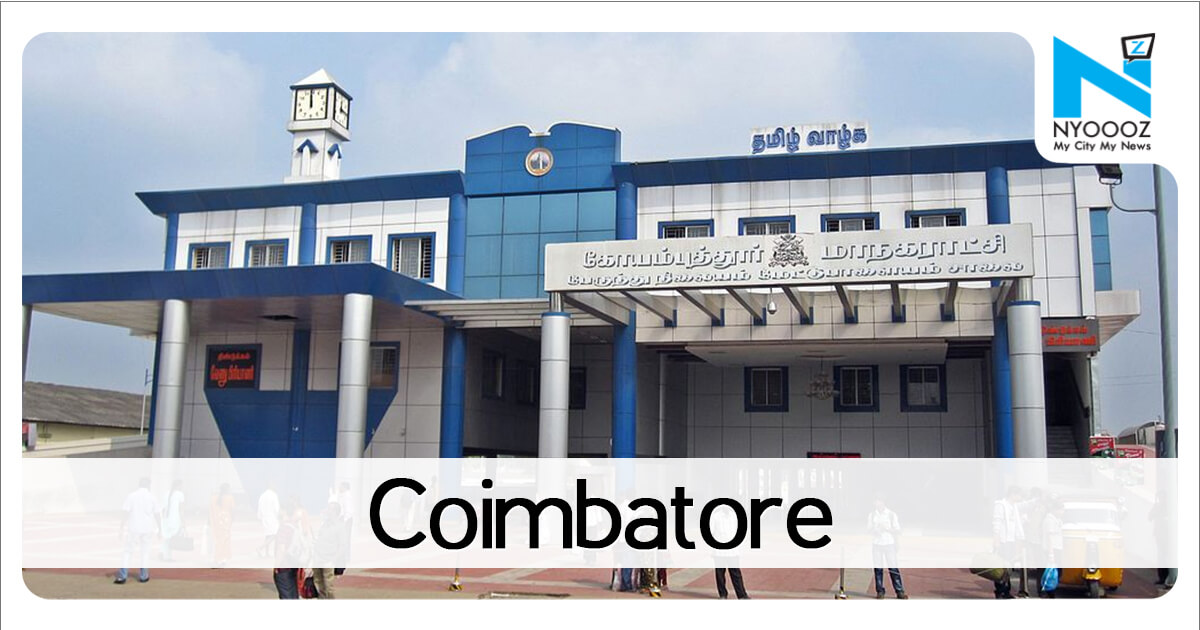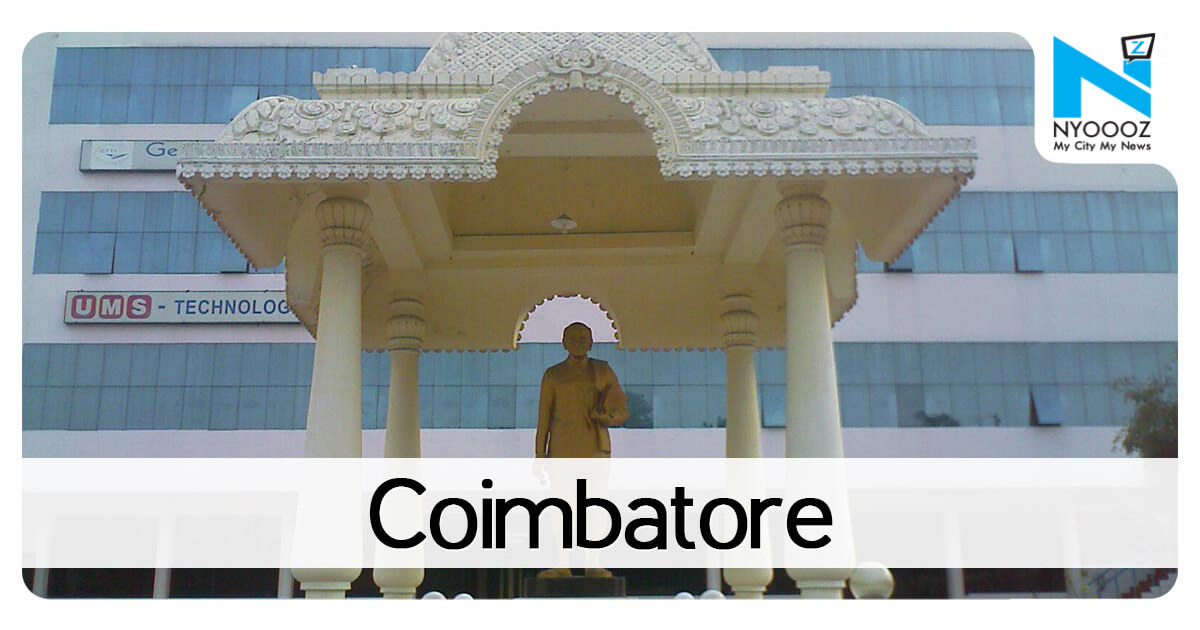The event came to a close with a street-play by the Drama Club of PSG College of Arts and Science. “This is an opportunity for students to learn more about the art forms and differences between cultures. This showed that Svanubhava gave importance to handicrafts as well as performing arts. Many students from other schools spoke of how they enjoyed the performances and learnt about different art forms. Just like boats rescue people during floods, Svanubhava helps rescue art forms.” Students had also made a model of a paper monkey, which was put near the entrance.

If You Like This Story, Support NYOOOZ
Your support to NYOOOZ will help us to continue create and publish news for and from smaller cities, which also need equal voice as much as citizens living in bigger cities have through mainstream media organizations.
Stay updated with all the Coimbatore Latest News headlines here. For more exclusive & live news updates from all around India, stay connected with NYOOOZ.








